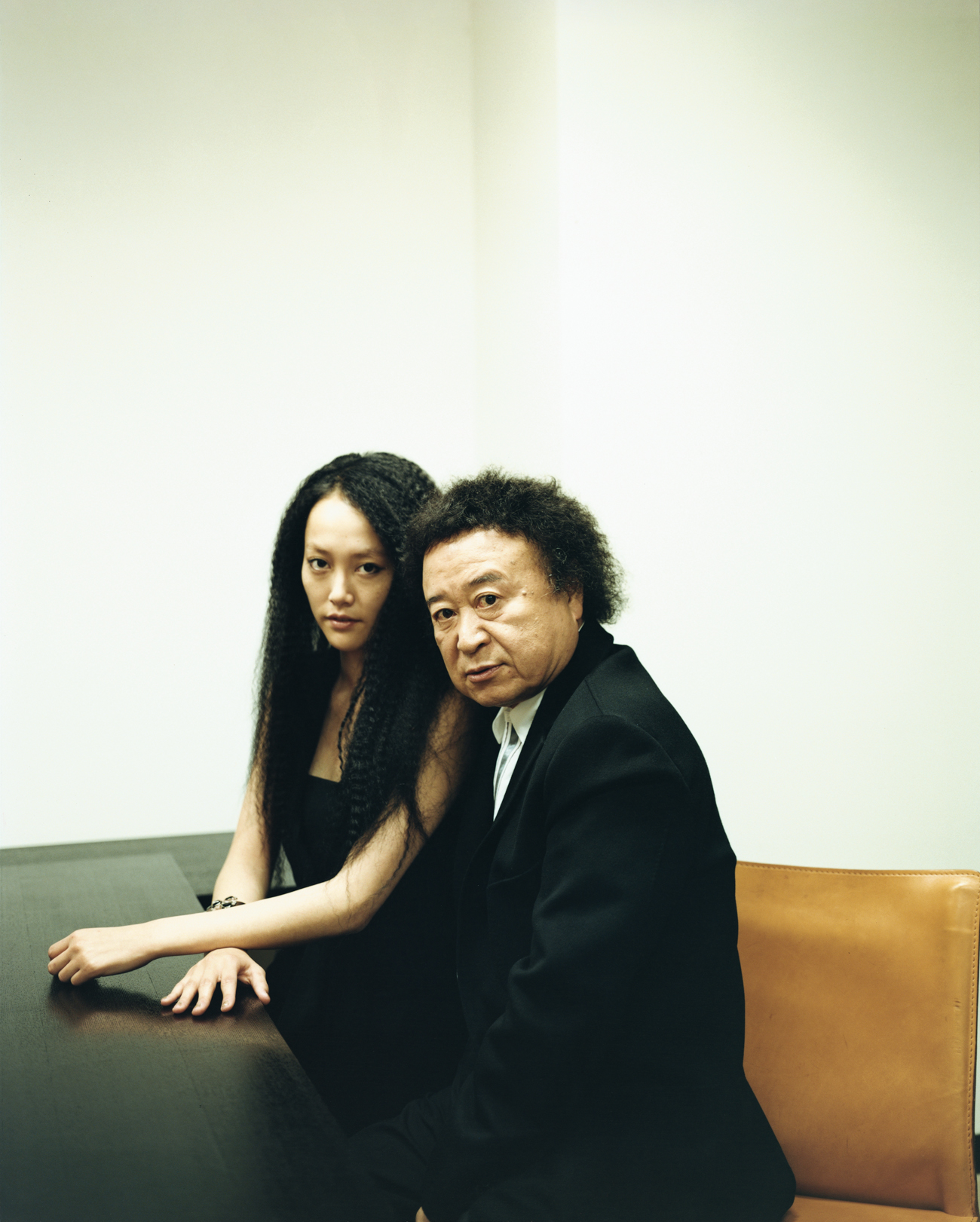Purple Magazine
— S/S 2008 issue 9
Kishin Shinoyama
interview EKO SATO
portrait by TAKASHI HOMMA
photographs by KISHIN SHINOYAMA
Since the sixties, legendary Japanese photographer KISHIN SHINOYAMA has been photographing nudes. Highly respected by younger generations, he remains innovative to this day, continuing to create wave after wave of cult images — such as John Lennon and Yoko Ono’s kiss for their Double Fantasy album. The young actress Rinko Kikuchi, nominated for an Oscar for her performance in Babel, asked him to work on her first book of portraits, some of which are published for the first time here.
EKO SATO — In every decade that you’ve worked in, you’ve reinvented the vocabulary of the nude. How did you first approach this form?
KISHIN SHINOYAMA — The first time I shot a nude was as an exercise in style, back in 1961. Several students in my photography class surrounded an unclothed woman. We…
